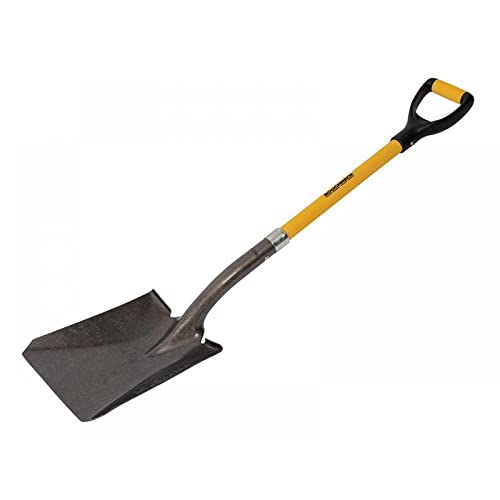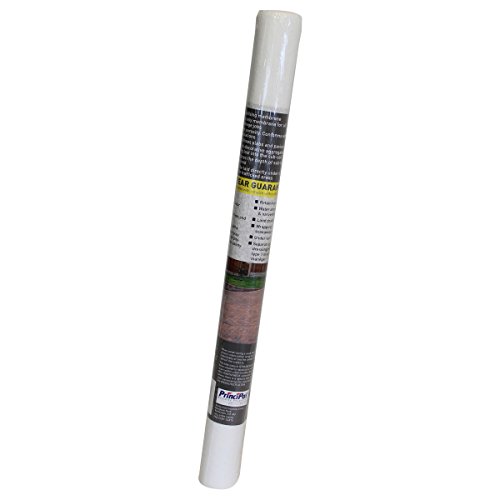What is a soakaway? Drainage pros reveal how this system could be the solution to standing water in your garden
We speak to the experts about soakaways, including how they work and which homes can benefit from them
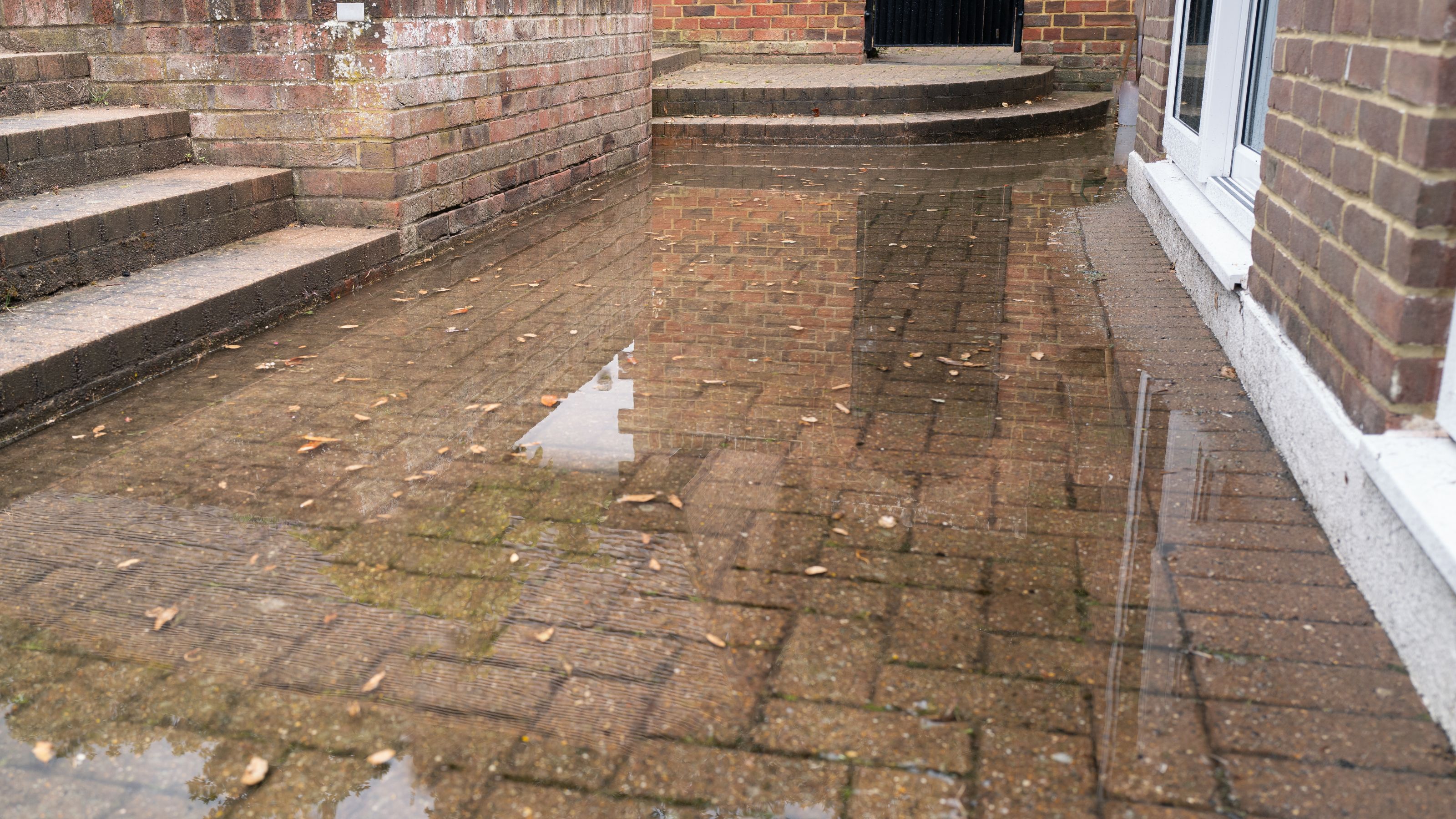

Effective drainage around the home isn't the most glamorous of topics, but it's hugely important to ensure that water drains away from your home effectively. You might have even heard some of the terminology before, like a soakaway, but not really understand what a soakaway is.
Getting clued up on what soakaways are and how they work could make a big difference to your home's drainage efficiency this year. In short, soakaways are pits in the ground that help with the drainage of excess rainwater. They can be helpful if you're looking to improve drainage in your lawn, and they're particularly beneficial for homes in areas that are prone to flooding.
We've spoken to the experts to determine what a soakaway actually is (as well as some other soakaway FAQs), and put all their advice together to help you decide if this is the right solution for your home
What is a soakaway?
Soakaways are a large hole in the ground that help to drain away excess rainwater, making them an ideal measure for flood-proofing gardens. Occasionally they are also used for the disposal of effluent from septic tanks.
'Essentially, a soakaway is part of a below-ground system and consists of a pit filled with a highly voided material,' Martin Lambley, senior product manager for Urban Climate Resilience at Wavin explains.
'Traditionally they were constructed using materials such as large, crushed stones or hardcore, but are now more frequently constructed using plastic crates' – try these soakaway crates from Amazon for a quick and easy solution.
How do soakaways work?
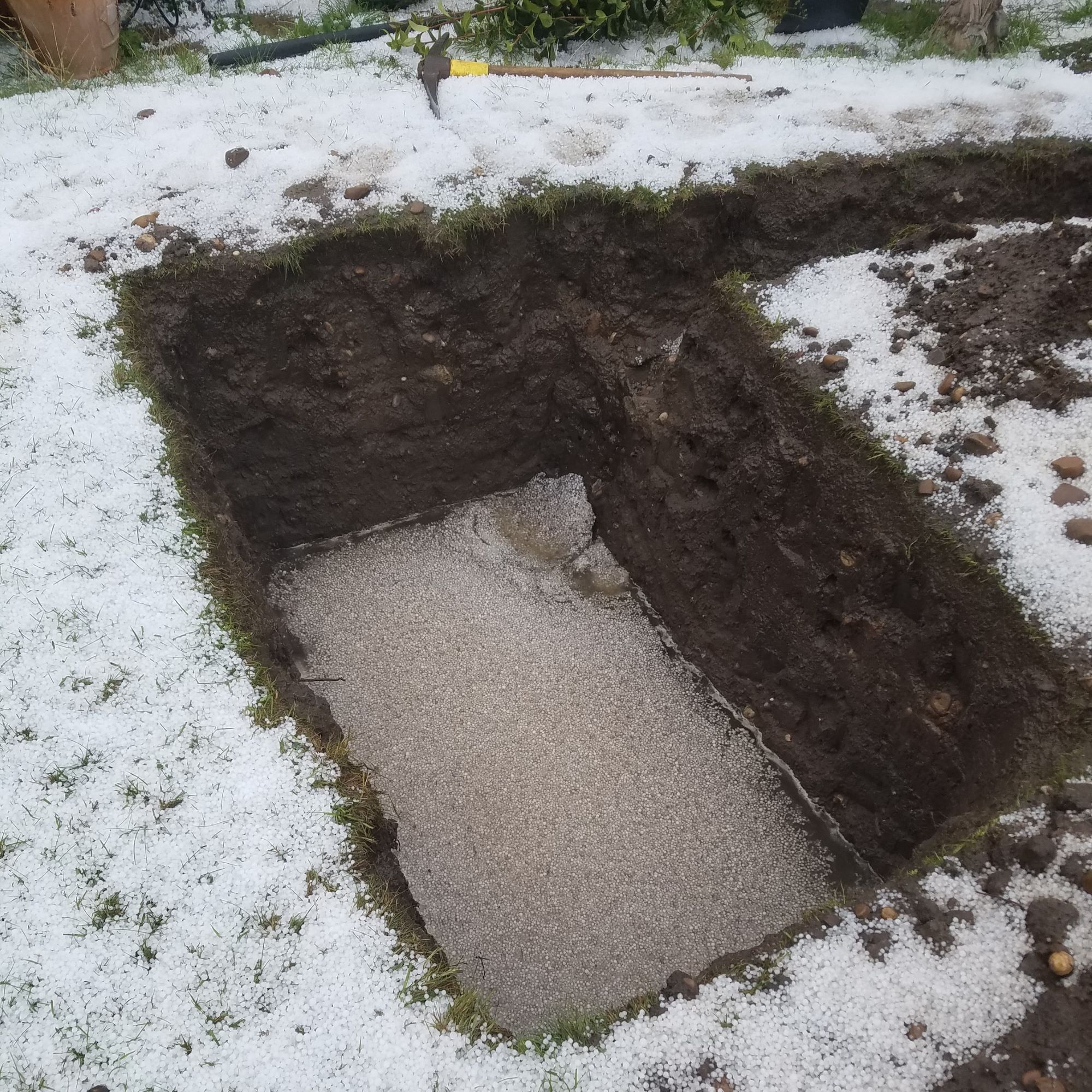
The crates used to form a soakaway are wrapped in a permeable filter fabric which allows water out, but doesn’t allow surrounding soil in. 'How they actually work is fairly simple and is informed by the natural water cycle,' Martin explains. 'The surface water collected from the property is fed into the soakaway and, as it rains, water is collected into the soakaway and allowed to infiltrate into the surrounding soil.'
Get the Ideal Home Newsletter
Sign up to our newsletter for style and decor inspiration, house makeovers, project advice and more.
According to Martin, the rate of infiltration is a function of the soil: 'Sandy soils have a faster infiltration rate and would therefore need a smaller soakaway, whereas if you want to improve drainage in clay soil, a larger soakaway would be required, because this type of soil drains more slowly.'
In the context of home properties, soakaways tend to be relatively small. They're usually installed within the garden, and it's recommended that they are at least 5m away from the property and 2.5m from a boundary.
While soakaways can be a great addition to a property, they're only really necessary for homes that struggle to manage water drainage. They're definitely something to consider if your garden remains saturated for a while following periods of heavy rainfall, or likewise, if your home has inadequate drainage and you're noticing things like damp basements and cracks in the brickwork.
Can I install a soakaway myself?
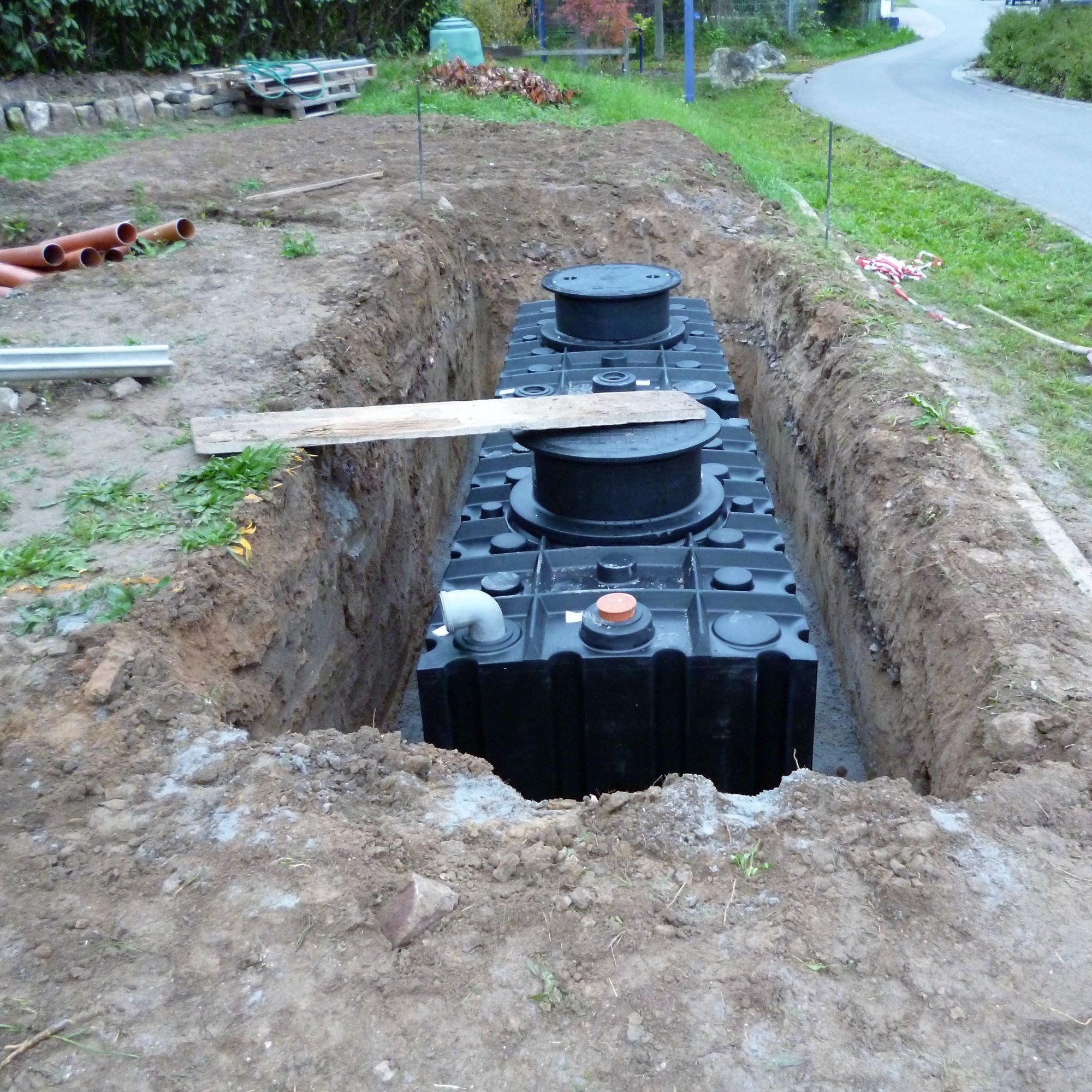
Installing a soakaway can be a fairly simple process, as it usually involves digging a hole in the ground that is then backfilled with material. You'd need to get the relevant supplies, but if you're confident with DIY, you can give it a go.
'Before installing a soakaway, you should first check if the ground beneath its proposed location is permeable by conducting a soil percolation test,' says Jess Thomas, director of Drainage Central. 'This test is essential, as the soakaway will not be useful if your soil does not allow water to seep into it.'
A soil percolation test measures how quickly water drains into the ground, and you can find out more about how to do this online. The most time-consuming part of installing a soakaway is digging the actual hole. It needs to be fairly large, and you might want to recruit some helping hands for this part of the process.
It's then a case of filling the whole with large plastic crates, which can be assembled two or three deep. The crates will create a large volume of space for rainwater to collect.
What you'll need to install a soakaway
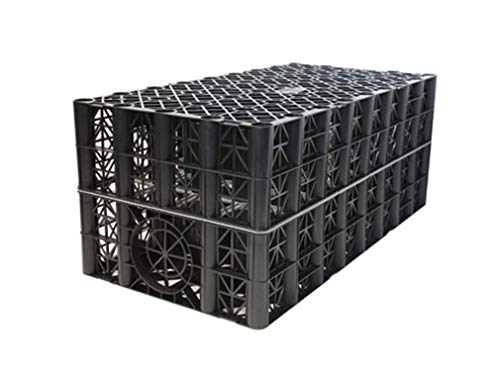
With a generous 190L capacity, this crate is designed to drain away large volumes of water. With a compression strength of 61 tonnes, it's robust, so you don't need to worry about it becoming oversaturated.
FAQs
What happens when a soakaway is full?
When a soakaway is full, it means that the water collected cannot drain any further and therefore has nowhere else to go. 'This can result in water pooling on the surface of the ground above the soakaway and potentially flooding,' Max Ledsham, drainage expert from Kingfisher Direct explains.
'In the worst case scenario the groundwater that has accumulated may increase and even intrude into the property and result in more serious damage,' Max adds.
If a soakaway isn't properly maintained, it will become oversaturated, and collected water will be unable to infiltrate surrounding soil.
'To avoid this, good design practice and regular maintenance is key to guarantee soakaways are performing to the best possible standard,' Martin from Wavis says.
'Common techniques to ensure their smooth running include installing a silt trap in the system to ensure debris like sand, soil and leaves can’t enter the crate and eventually cause a blockage.'
How do you know if your property has a soakaway?
Soakaways are usually discreet in their design, so they aren't always the easiest to identify. To find out whether your property has one, drainage expert Max recommends to look at your property's rainwater downpipes and identify where they go.
'If your downpipes lead to an area of your lawn that is slightly sunken in then it's likely that your garden has an underground drainage system. In addition, if your property has a soakaway this may be established in the deeds, so it's therefore a good idea to consult the property deeds to check.'

Katie has been writing freelance since early 2022, specialising in all things homes and gardens, following achieving a Masters in Media and Journalism. She started out writing e-commerce content for several of Future’s interior titles, including Real Homes, Gardeningetc, Livingetc, and Homes and Gardens. Since then she’s been a regular contributor on Ideal Home’s digital team, covering news topics, how-to guides, and product reviews.
-
 5 signs you’ve taken decluttering too far — and how you can pull yourself back, according to organisation experts
5 signs you’ve taken decluttering too far — and how you can pull yourself back, according to organisation expertsYou might have to start resisting the urge to purge
By Lauren Bradbury
-
 What is the Party Wall Act 3m rule and is it something you should be worried about? This is what the experts say
What is the Party Wall Act 3m rule and is it something you should be worried about? This is what the experts sayDon't get caught off-guard by the Party Wall Act 3m rule — our expert guide is a must-read
By Natasha Brinsmead
-
 Shoppers can’t get enough of The Range’s lemon tree, but I’ve found an even cheaper bestseller at B&Q - it’s perfect for a Mediterranean look
Shoppers can’t get enough of The Range’s lemon tree, but I’ve found an even cheaper bestseller at B&Q - it’s perfect for a Mediterranean lookWelcome the summer with this glorious fruit tree
By Kezia Reynolds
-
 Shoppers can’t get enough of The Range’s lemon tree, but I’ve found an even cheaper bestseller at B&Q - it’s perfect for a Mediterranean look
Shoppers can’t get enough of The Range’s lemon tree, but I’ve found an even cheaper bestseller at B&Q - it’s perfect for a Mediterranean lookWelcome the summer with this glorious fruit tree
By Kezia Reynolds
-
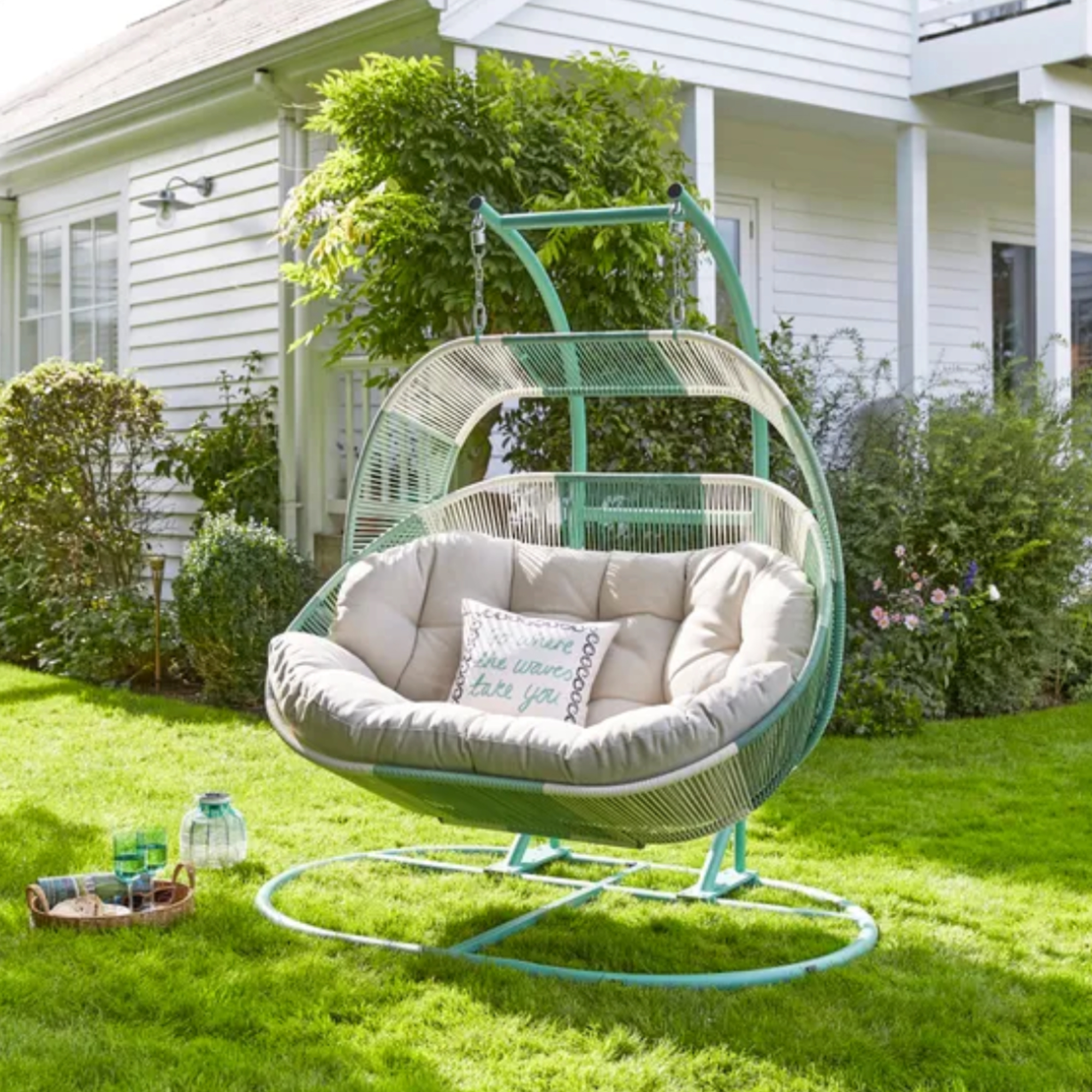 I'm a stylist with an eye for expensive-looking high street finds – these 6 garden furniture pieces at Dunelm are on my radar
I'm a stylist with an eye for expensive-looking high street finds – these 6 garden furniture pieces at Dunelm are on my radarThese pieces all look more than their price tag
By Laurie Davidson
-
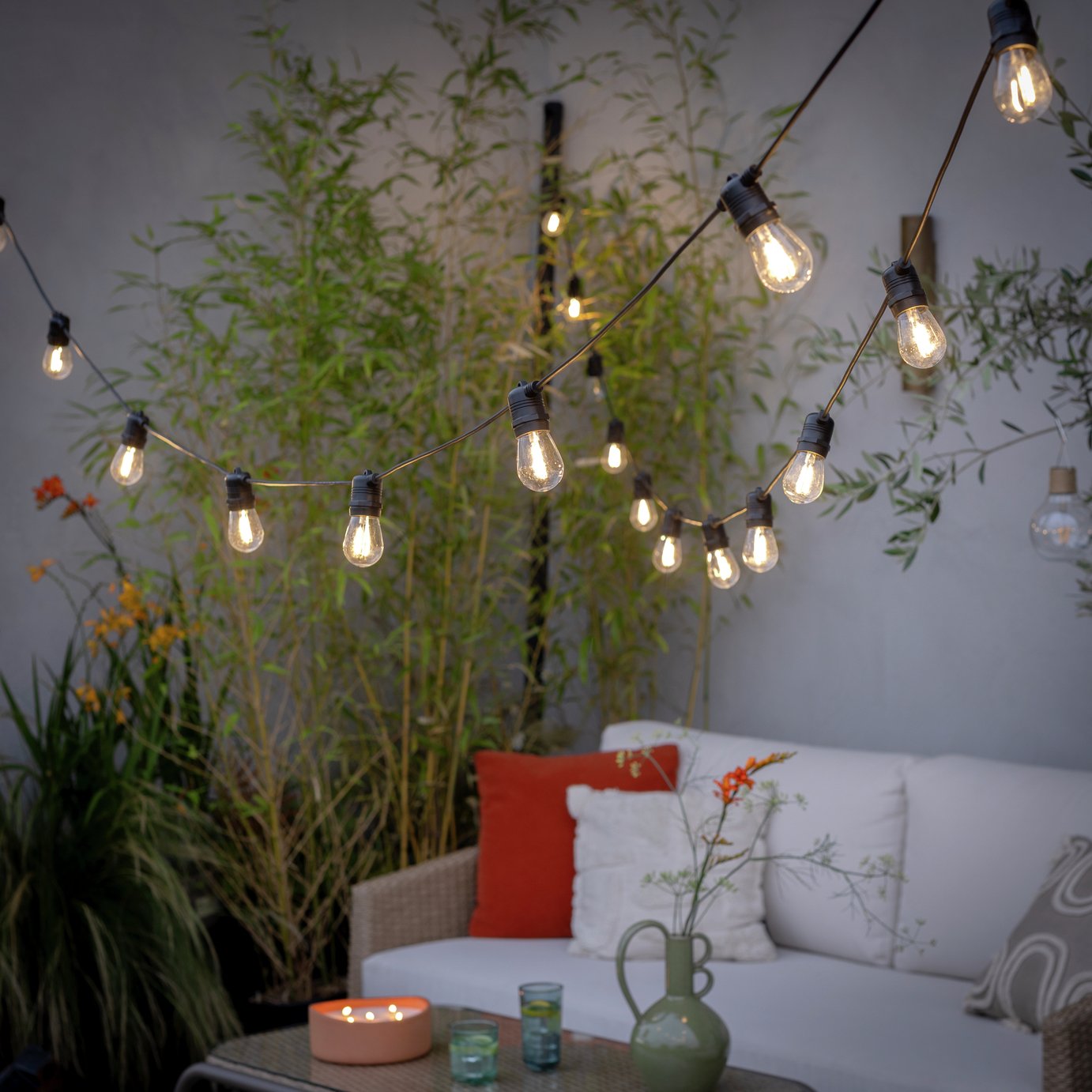 The 6 outdoor lights from Habitat that I'm choosing between to make my outdoor space look more expensive this summer
The 6 outdoor lights from Habitat that I'm choosing between to make my outdoor space look more expensive this summerI couldn’t believe some of the prices
By Ellis Cochrane
-
 Aldi is launching a £200 day bed with four different features - its sleek design is suited to the whole family
Aldi is launching a £200 day bed with four different features - its sleek design is suited to the whole familyYou don't want to miss out on this Specialbuy
By Kezia Reynolds
-
 I’m seeing pastel garden furniture at all my favourite brands this spring, but QVC’s sorbet collection impressed me the most
I’m seeing pastel garden furniture at all my favourite brands this spring, but QVC’s sorbet collection impressed me the mostFresh pastel shades are a great way to liven up your outdoor space
By Kezia Reynolds
-
 I spent the afternoon looking through Wayfair's garden sale – these are the 6 pieces I'm buying immediately for summer
I spent the afternoon looking through Wayfair's garden sale – these are the 6 pieces I'm buying immediately for summerThese are my must-have garden buys from the sale
By Holly Reaney
-
 I’ve found the perfect alternative to John Lewis’ sold-out striped garden chair – and you won’t believe where it's from
I’ve found the perfect alternative to John Lewis’ sold-out striped garden chair – and you won’t believe where it's fromJohn Lewis' Sling Garden Chair is one of the most stylish pieces of garden furniture I'd seen – until I tracked down this QVC lounge chair...
By Kezia Reynolds
-
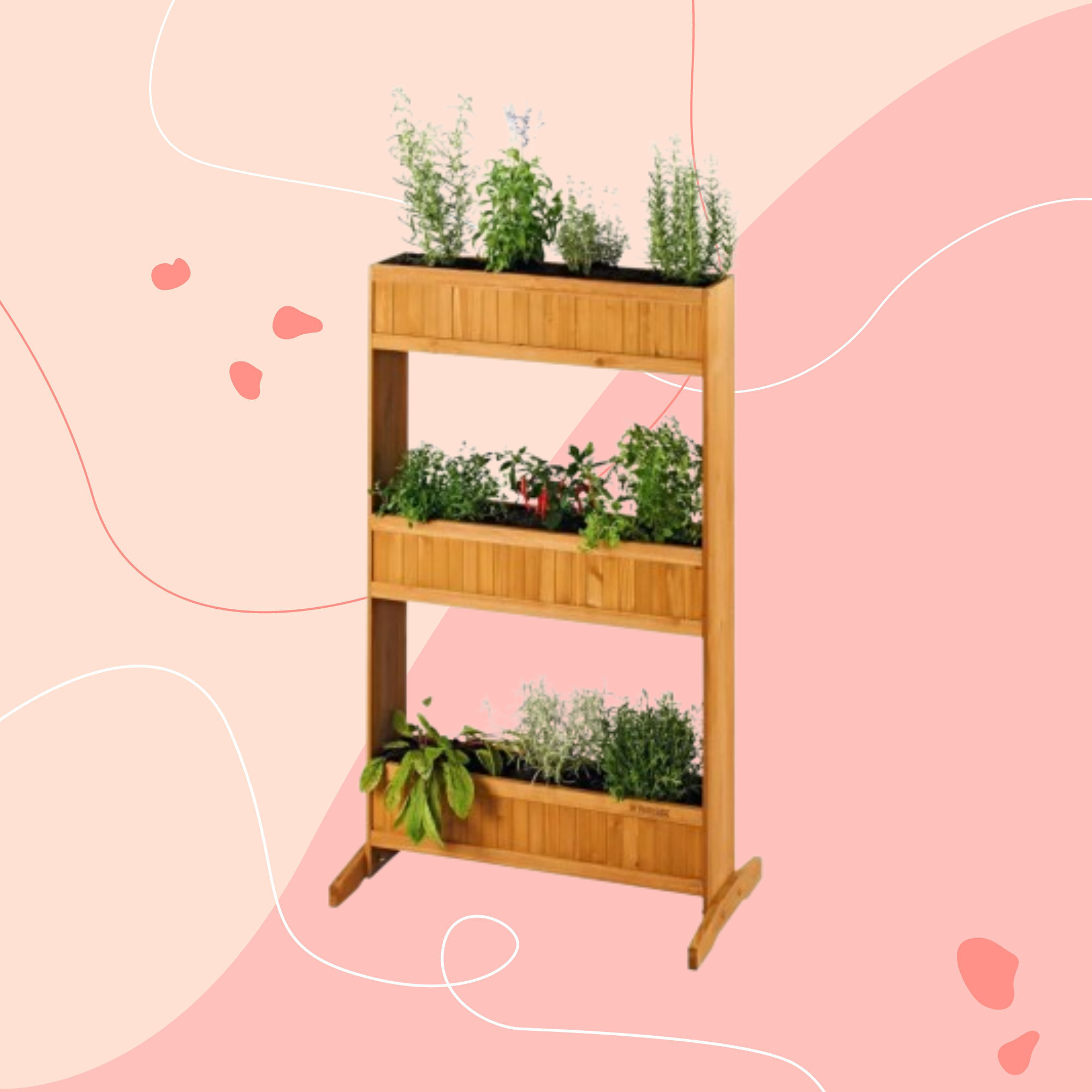 Lidl is selling a smart tiered planter that will unlock extra planting space in a tiny garden or balcony
Lidl is selling a smart tiered planter that will unlock extra planting space in a tiny garden or balconyWhy I've been eyeing this planter up for my tiny garden
By Kezia Reynolds
